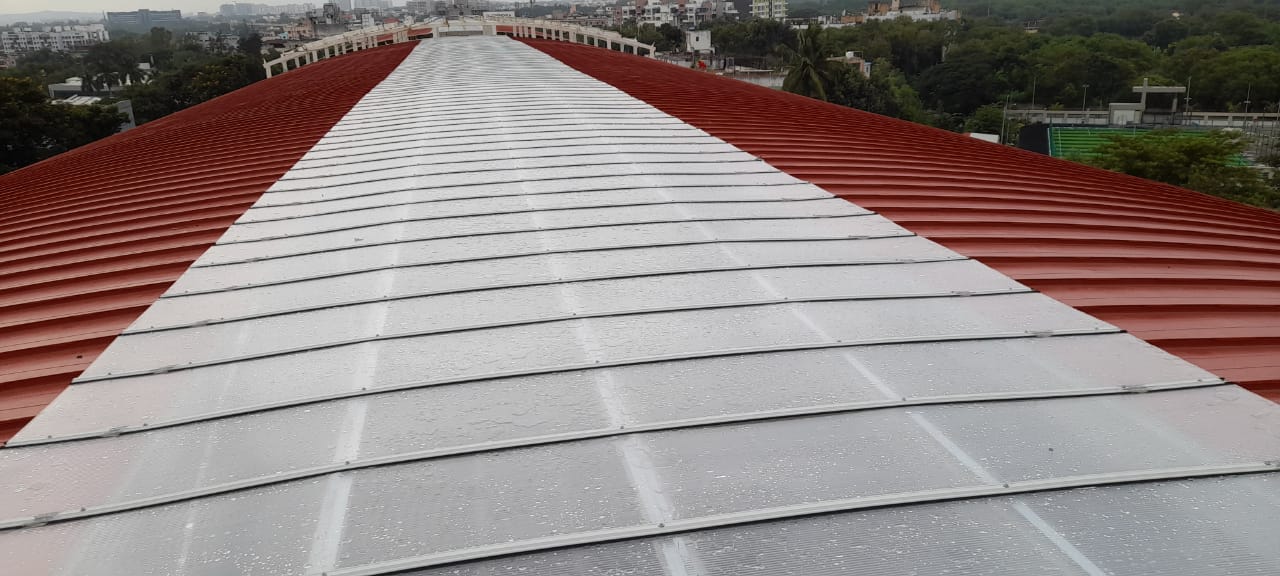7 Essential Components of Standing Seam Metal Roof
Over the years, asphalt has been a commonly used material in roofing systems. However, if you are looking to upgrade your asphalt roof to a metal roof, nothing is better than a standing seam metal roof. A standard seam roof is made up of a series of metal panels that are locked to one another at the seams. It’s recommended to partner with leading manufacturers of standing seam roofing systems, that aid in providing supreme-quality roofing solutions.
The 7 Unique Components of a Standing Seam Metal Roof
1. Frame
Purlins play a very important role in a structure by providing support to roof, stabilize and strengthen the building structure and provide additional support between the spans of individual framing bays. While installing a new roof, if the existing channels are found to be damaged, it’s recommended to get them replaced. If the roof decking is sound then it can hold your new standing seam roof.
2. Lock Strip
Lock Strips lock the standing seam metal panels to the edges of the roof and help them stay in place during rough weather conditions. They are attached to the eaves - which are the bottom edge of the roof, and rakes - that are the slanting edge of the roof. Ensure to opt for roofing systems with sturdy lock strips that prevent the roof from flapping due to strong winds.
3. Underlayment
A significant part of a metal roof, Underlayment is often a felt material that gives extra protection to the roof decking. In a standing seam roofing system, a high heat ice and water shield is used as an underlayment. It’s suggested to install the underlayment over the lock strip of the standing seam roof.
4. Metal panels
Metal panels are connected to the roof deck with lock strips and with clips to the seams. The standing seams seen on metal panels, also known as ribs, are locked together at the seam. This lets the metal panels slide backwards and forwards with ease, allowing free expansion and contraction of the roof.
5. Clips
The metal panels in standing seam roofing systems are locked together using clips. The clip is attached over the male part of the panel, and the next panel is fastened over the first one by snapping in on top of the clip. With the aid of these clips, the panels can glide up and down the underlayment without causing any wear and tear.
6. Z bar
A piece of metal bent in the shape of the letter Z, the z bar fills the gaps between the ridge and ribs of the roof. This prevents water from passing through the gaps, thereby protecting the metal panels. After installing z bars, the standing seam roof can be locked into the ridge capping.
7. Ridge capping
Ridge capping is the trim that is attached where the two slopes of a roof converge. The finest standing seam roof suppliers suggest opting for transition metal instead of ridge capping in case of panels leading from a lower slope to a steeper slope roof. After this component gets installed, it holds the metal panels firmly in place and the new standing seam roofing system becomes complete.



